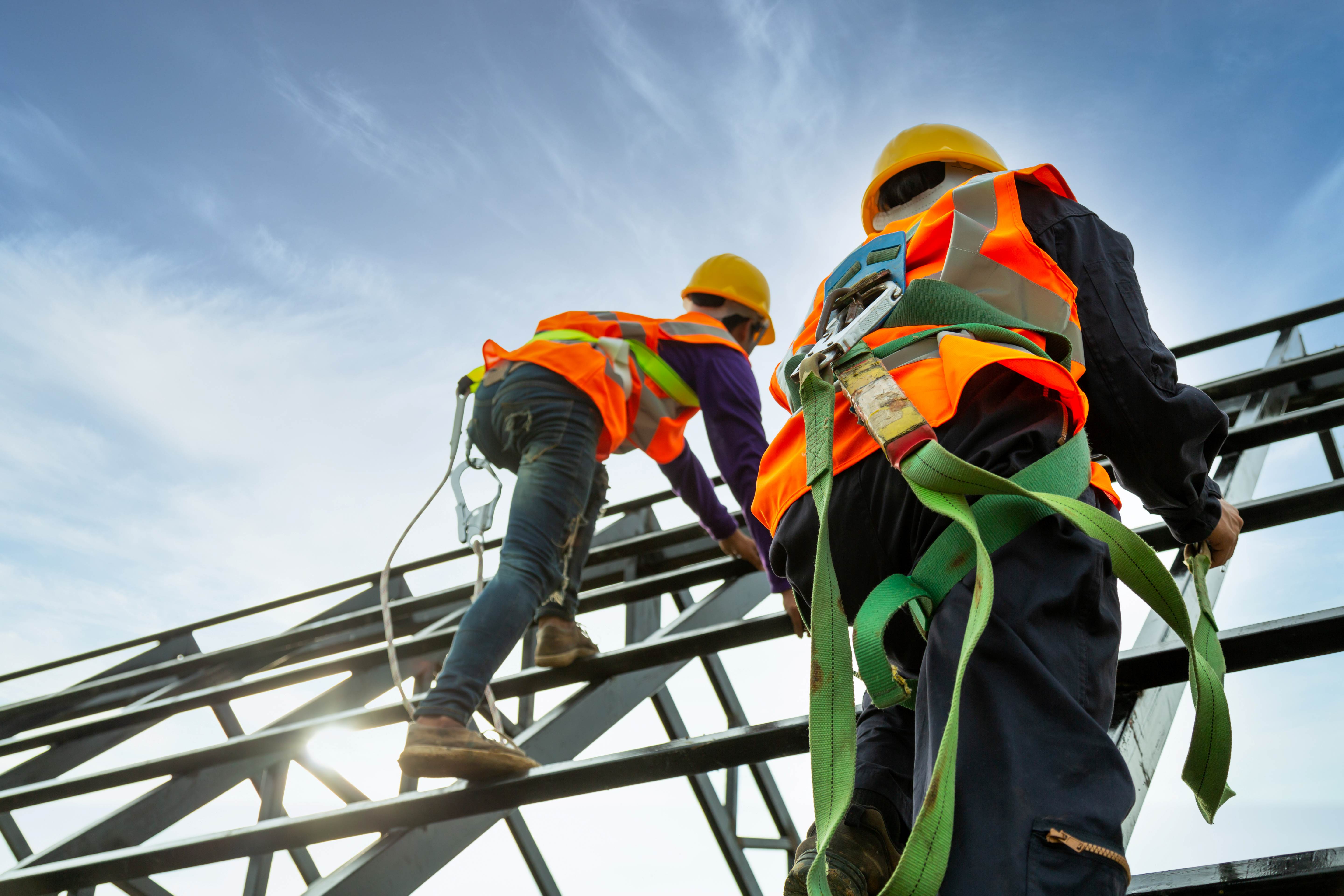The construction industry remains one of the most hazardous sectors for workers across the United States. Despite significant progress in recent decades, safety concerns continue to plague job sites. It is prompting ongoing efforts to enhance protection measures and reduce accidents.
This article explores the latest advancements and initiatives aimed at improving safety protocols on a national scale.
Evolving Regulatory Landscape
Federal and state agencies have intensified their focus on construction safety. They did this by implementing new regulations and updating existing ones to address emerging safety risks. The Occupational Safety and Health Administration (OSHA) has been at the forefront of these efforts, regularly revising its guidelines to keep pace with industry developments.
This evolving regulatory landscape hasn’t only impacted construction companies and workers but has also influenced the legal sector. A personal injury lawyer specializing in construction accidents is becoming increasingly familiar with the nuances of these updated safety standards to better advocate for their clients.
One notable change is the increased emphasis on fall protection, which remains the leading cause of fatalities in construction. OSHA has tightened its safety measures for guardrails, safety nets, and personal fall arrest systems, mandating their use in more situations than ever before. These stricter OSHA compliance have led to a measurable reduction in fall-related incidents, though there is still room for improvement.
For workers injured on the job, seeking legal assistance from a qualified construction accident lawyer has become increasingly common as these professionals can help navigate the complex landscape of workers’ compensation and potential third-party liability claims.
Technology-Driven Safety Solutions
Integrating cutting-edge technology into construction has opened new avenues for enhancing safety and preventing occupational injuries. From wearable devices to artificial intelligence-powered monitoring systems, innovative solutions are revolutionizing how risks are identified and mitigated on job sites.
These technological advancements are not only improving safety but also boosting productivity and efficiency. By automating certain safety processes and providing real-time data, construction companies can make more informed decisions, allocate resources more effectively, and create a safer work environment without sacrificing project timelines or quality.
Wearable Technology
Smart personal protective equipment (PPE) has gained traction in recent years to reduce construction hazards. These advanced safety gear items incorporate sensors and communication capabilities, allowing real-time monitoring of workers’ vital signs, environmental conditions, and potential hazards. For instance, smart helmets can detect impacts, monitor fatigue levels, and even provide augmented reality displays to highlight safety information.
The adoption of wearable technology has also extended to other areas of PPE. Smart work boots can detect falls or abnormal gait patterns, potentially indicating worker fatigue or hazardous surface conditions. Similarly, intelligent safety vests can monitor heart rate and body temperature, alerting supervisors to potential heat stress or overexertion, which are common risks in construction environments.
Drones for Site Inspection
Unmanned aerial vehicles (UAVs) or drones have become invaluable tools for conducting safety inspections in hard-to-reach or hazardous areas. They can quickly survey large construction sites, identify potential risks, and provide high-resolution imagery for detailed analysis. This technology not only improves safety but also increases efficiency in site management.
Beyond visual inspections, advanced drones are now being equipped with thermal imaging cameras and gas sensors. These capabilities allow for the detection of hidden structural issues, such as water leaks or insulation gaps, as well as the identification of potentially hazardous gas leaks. This proactive approach to risk detection significantly enhances overall site safety and can prevent major incidents.
AI-Powered Risk Assessment
Artificial intelligence and machine learning algorithms are being employed to analyze vast amounts of data from construction sites, predicting potential safety issues before they occur. These systems can identify patterns in accident reports, weather conditions, and worker behavior to forecast high-risk situations and recommend preventive measures.
Furthermore, AI is being integrated into project management systems to optimize scheduling and resource allocation with safety in mind. By considering factors such as worker fatigue, equipment maintenance schedules, and environmental conditions, AI can help project managers make decisions that inherently promote safer working conditions while maintaining project efficiency.
Enhanced Training and Education
Recognizing that a well-informed workforce is crucial for maintaining safety, the construction industry has placed renewed emphasis on comprehensive training programs and continuous education initiatives.
Virtual Reality Training
Virtual reality (VR) technology has emerged as a game-changer in safety training. VR simulations allow workers to experience hazardous scenarios and practice appropriate responses in a controlled, risk-free environment. This immersive approach has proven more effective than traditional classroom-based instruction in preparing workers for real-world challenges.
Micro-Learning and Mobile Apps
To accommodate the fast-paced nature of construction work, many companies have adopted micro-learning approaches. Short, focused training modules delivered through mobile apps enable workers to access safety information on-demand, reinforcing key concepts and best practices throughout their workday.
Conclusion
While significant progress has been made, it’s clear that ensuring construction safety is an ongoing process that requires constant vigilance, innovation, and adaptation. As the industry continues to evolve, so too must the approaches to protecting workers.
